Baby Tanimbar Blue Tongue Skink
$249.99
- T. scincoides chimaerea
- Farm Bred
- Approximately 5 – 6 Inches In Length From Head To Tail
- Babies Are Very Cute With Over-sized Heads
- These Develop An Awesome Silver Color As They Mature
- These Make Great Pets, Easy To Care For And Easy To Handle
- Feeding On Canned Skink Diet, Fresh Greens, Vegetables And Insects
Description
Tanimbar Blue Tongue Skink (Tiliqua scincoides chimaerea) is a subspecies of Blue Tongue Skink native to Indonesia’s Tanimbar Islands. They are a tiny species of Blue Tongue Skink, about 12-18 inches in length on average. Their body color ranges from dark brown to black, with irregular yellow or orange patches or bands on their back and tail. They have a huge triangular head, a robust body, and a striking blue tongue that they utilize for communication and defense.
Baby Tanimbar Blue Tongue Skink for sale require a spacious cage with a basking area, a cooling area, and a hide box in captivity. They are omnivorous and should be fed insects, veggies, and fruit on occasion. For good bone health, they require a UVB light source and should be kept at a temperature of 75-85°F with a basking spot of roughly 90°F. Tanimbar Blue Tongue Skinks are calm in general and make excellent pets for intermediate reptile owners.
WE HAVE BABY TANIMBAR BLUE TONGUE SKINKS FOR SALE. HERE ARE SOME HIGHLIGHTS:
- T. scincoides chimaerea
- Farm Bred
- Approximately 5 – 6 Inches In Length From Head To Tail
- Adults Normally Average 28 – 24 Inches In Length
- Feeding On Canned Skink Diet, Fresh Greens, Vegetables And Insects
FUN FACTS!
- Originating Out Of The Southern Regions Of New Guinea Living In Climates And Habitats Similar To Australia
- With Proper Care These Reptiles Can Live 15 – 20 Years In Captivity
- These Develop An Awesome Silver Color As They Mature
- These Make Great Pets, Easy To Care For And Easy To Handle
- Very Bright And Beautiful Species That Go Through A Slight Color Change As They Mature
- Forest Floor Dwellers Who Thrive In Tropical Climates

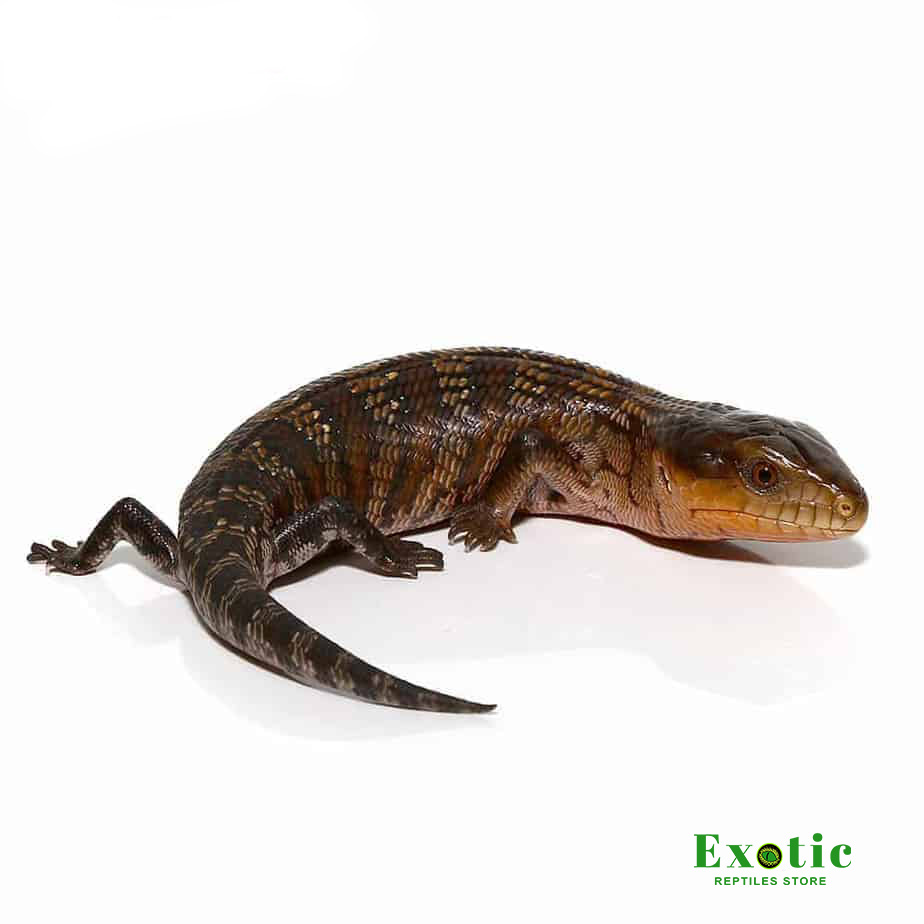

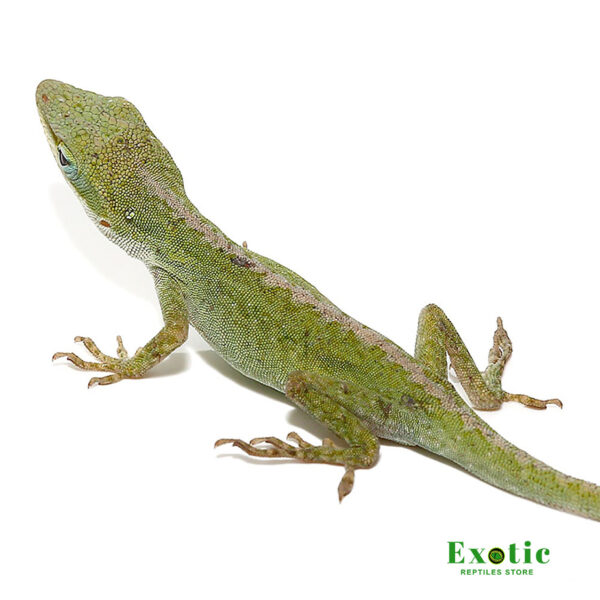
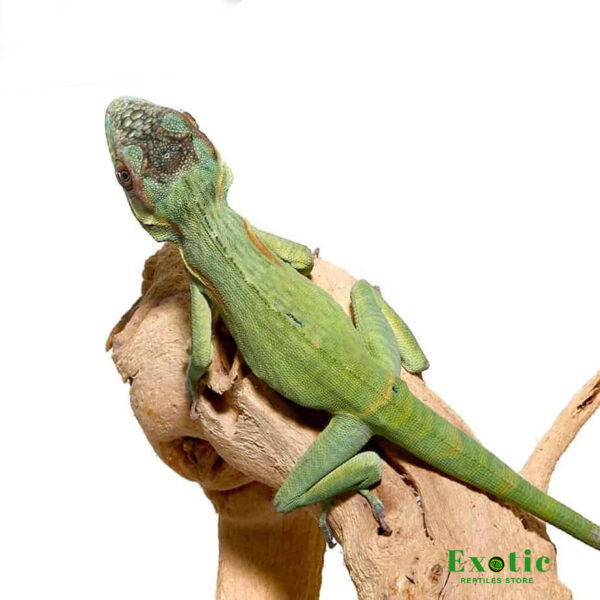
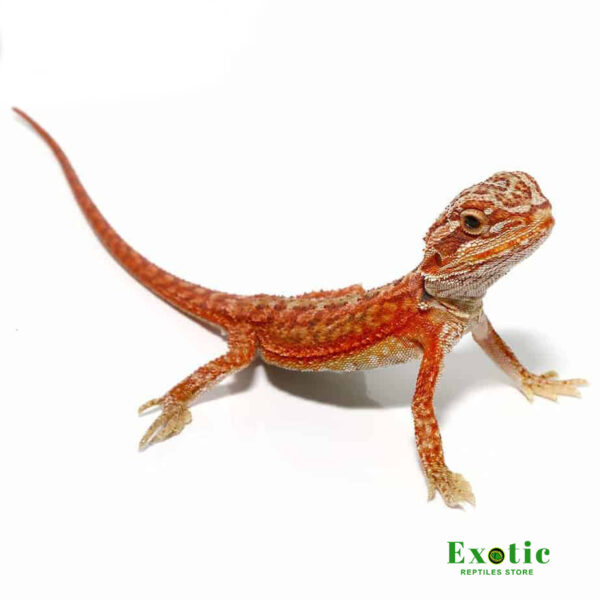
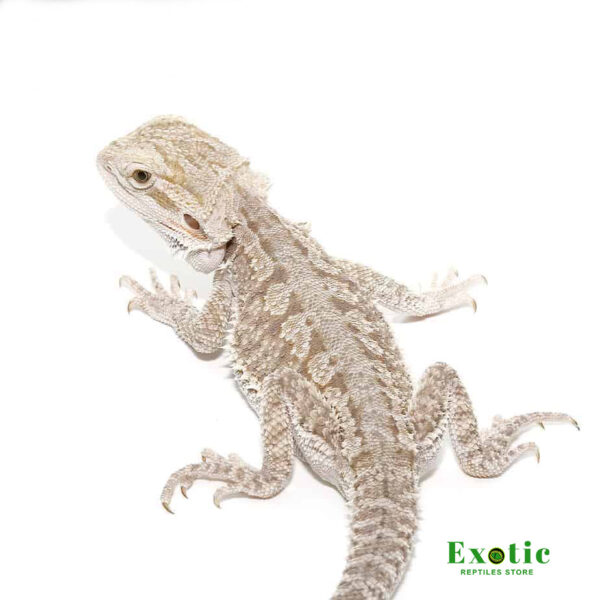
Reviews
There are no reviews yet.